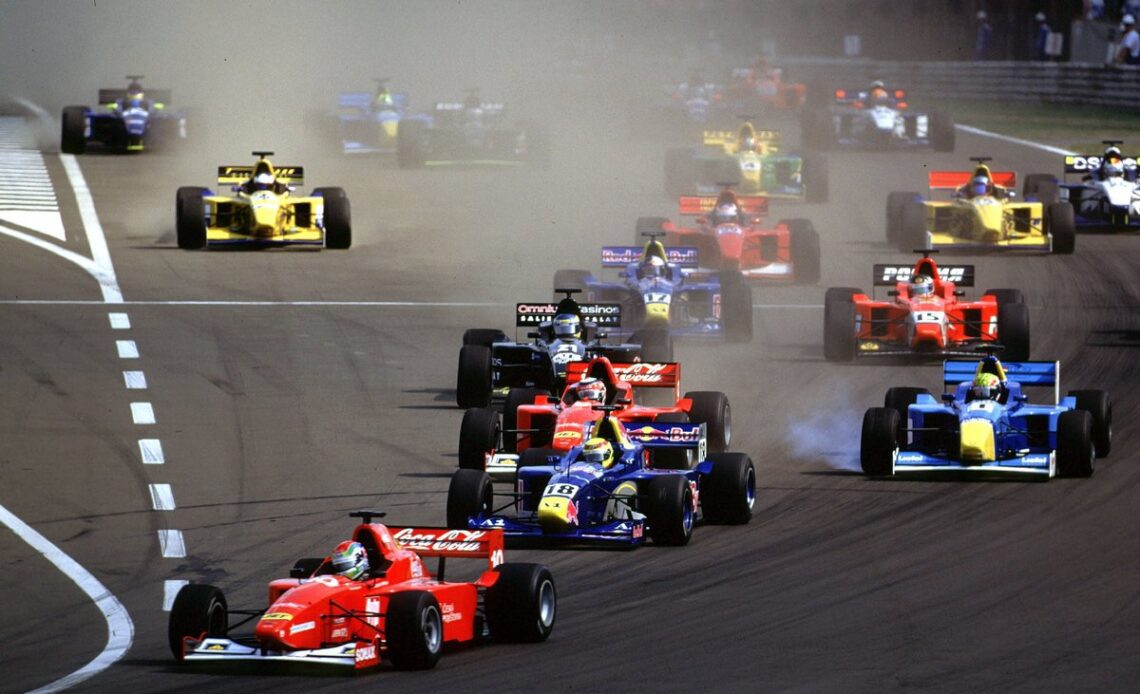Theo Pourchaire has become the third driver in succession miss out on a graduation to Formula 1 in the year after winning the Formula 2 title. As with Oscar Piastri (2021) and Felipe Drugovich (2022) before him, the Sauber junior will watch from the sidelines this year, though he will keep himself race sharp in Japan’s Super Formula championship as he seeks to further his case for a promotion to the team that will become Audi from 2026.
Numerous champions of European F2, Formula 3000 and GP2 have suffered the same fate as the aforementioned trio in failing to reach F1 the season after their coronation. While some had to wait their turn before getting onto the grid either later in the year or the following season, an unlucky few never got the chance to drive a grand prix car in anger. But who were the best of those overlooked champions of F1’s feeder series, and therefore most hard done by?
Drivers who have already raced in F1 are not excluded from the list. The only stipulation is that drivers cannot have contested a grand prix in the year after winning the major junior series title, even if they were absent from the start of the season. That explains the omission from this list of runaway 2015 GP2 champion Stoffel Vandoorne, called up to replace McLaren’s Fernando Alonso in the 2016 Bahrain GP, and his successor Pierre Gasly, who contested five GPs for Toro Rosso in 2017 after making an identical trip east to Super Formula.
Several champions of the Formula Renault 3.5 series that briefly vied with GP2 for the honour of being F1’s top support category also missed out on the direct graduations afforded to Robert Kubica, Kevin Magnussen and Carlos Sainz. However, the fact that more of its champions headed to GP2 the following year than F1 makes their cases difficult to include – even if its field was arguably stronger than GP2 when Robin Frijns triumphed in 2012.
The ranking is based on four key criteria; the strength of performance across their time in the premier sub-F1 category, how convincingly they won the title, the level of opposition and time spent in the category. Drivers that took four seasons to claim the title naturally are ranked lower than those overlooked despite collecting the crown at the first time of asking. What they did afterwards has no impression on the ranking.
The introduction of multiple races per weekend means win conversion stats aren’t directly comparable between drivers from the GP2…
Click Here to Read the Full Original Article at Motorsport.com – FIA F2 – Stories…

